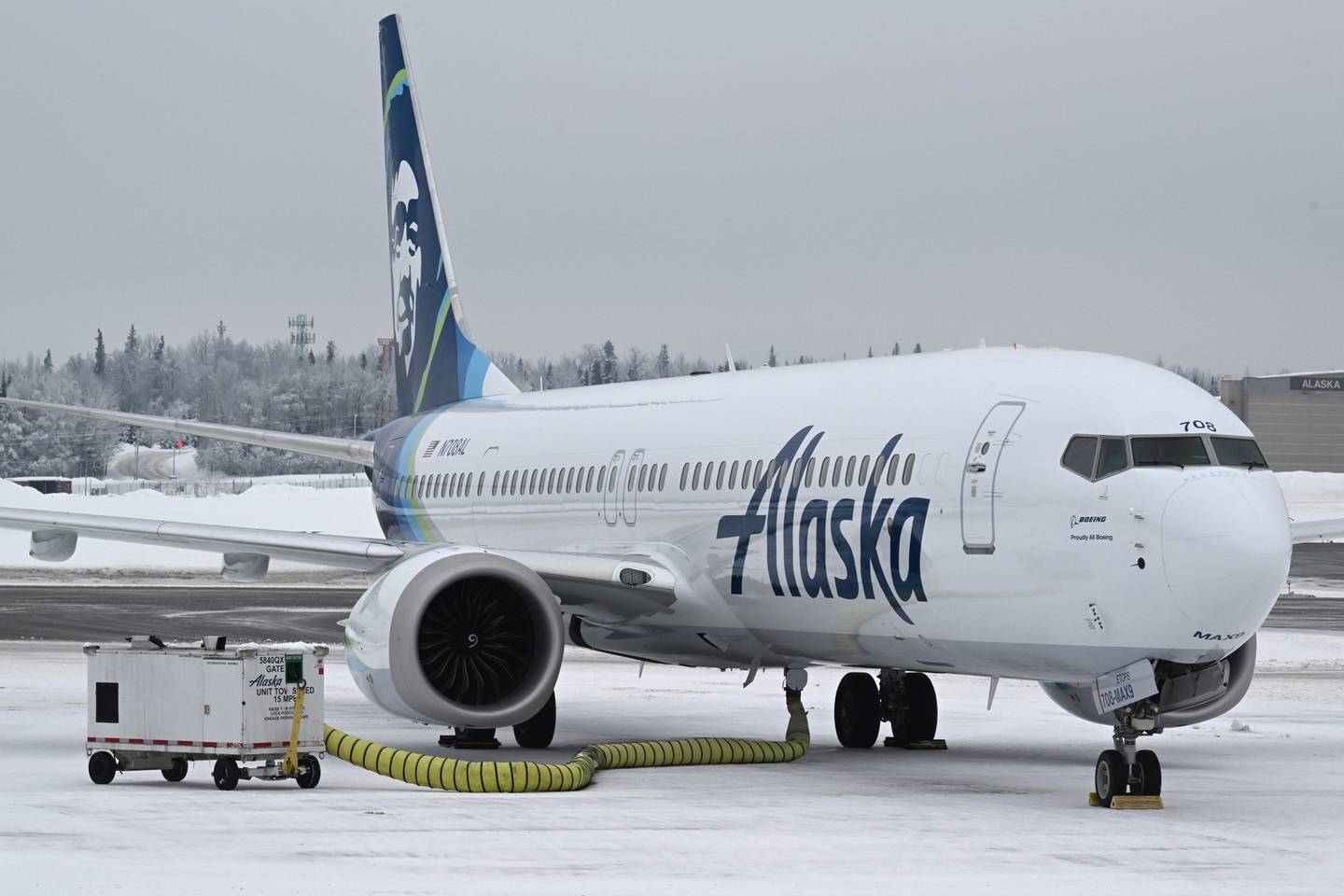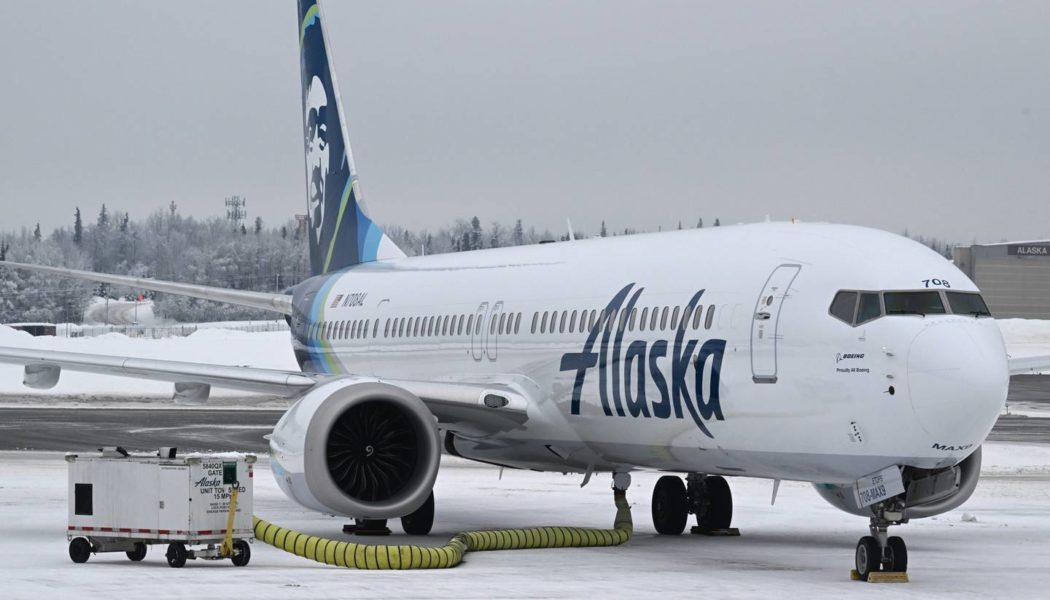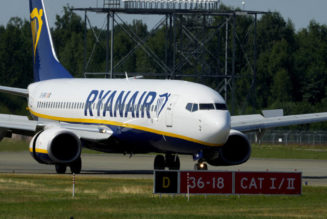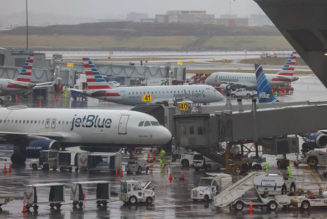
The mood at Alaska Airlines is decidedly lighter this week.
After three weeks on the ground, Alaska’s fleet of 65 Boeing 737 Max 9 aircraft is slowly being re-integrated into the fleet. First, though, each plane must undergo a rigorous inspection, authorized by the Federal Aviation Administration (FAA).
“We’ve got three Max 9s flying today,” said Scott Habberstad, who is the airline’s managing director of the Alaska market. “The first one is flying between Seattle and San Diego, where it will remain overnight.”
“We will launch more planes today and more next week,” said Tim Thompson, a spokesperson for the airline. “We’re doing this in a safe, systematic way. The schedule will take a while to get back to normal. Hopefully, by this time next week, we’ll see the disruption for our guests trickle off.”
“Our goal is to get people where they’re going,” said Marilyn Romano, regional vice president for Alaska Airlines. “And we completely understand what it’s like to have your travel disrupted.”
Specific instructions for travelers who’ve had their flights canceled haven’t changed since the planes were grounded on Jan. 6:
1. Check your itinerary right now. And keep checking it before you head to the airport. The best place to check your itinerary is at Alaska’s website or via the Alaska Airlines app on your smartphone.
ADVERTISEMENT
2. If your flight is delayed or canceled, Alaska Air may have automatically rebooked you on other flights. If those flights don’t work, you may be able to change them online or even via the app.
3. If you need to speak with an Alaska Airlines customer service agent, use this toll-free number: (877) 862-4093. This is a special number set up for impacted travelers. It is not a general reservation number. You may be able to select a “call back” feature instead of remaining on hold.
4. You can text Alaska Airlines using your smartphone. Type in “82008″ and say that you need help rebooking your flight.
5. Keep your receipts. Alaska Airlines expects to be reimbursed at least $150 million from Boeing as a result of the flight disruptions, ticket refunds, and other expenses as a result of the Max 9 groundings. You can bet they are keeping their receipts. You should do the same.
When you gather your receipts for additional hotel or vacation rental nights, car rental or Uber charges, meals, and other incidentals, submit them with a letter explaining your situation to customer.care@alaskaair.com. Be sure and include your confirmation number and contact information.
“We’ve made the commitment to reimburse travelers for reasonable expenses,” Thompson said.
The Max 9 groundings highlight the need for travel insurance, whether you’re traveling domestically or internationally.
[Grounded Boeing jets are returning to the sky. Here’s what to know if you’re going to be on a MAX 9.]
Alesandra Dubin was vacationing with her family on the island of Lanai when her return trip on Alaska Airlines was canceled. She shared her story with Michelle Couch-Friedman, who is a travel ombudsman for the travel site “The Points Guy.”
Dubin’s story stands out for me because she has some of the same travel protection tools that I use: an annual policy from Allianz Travel Insurance and travel protection coverage through a premium credit card: Chase Sapphire Reserve.
Dubin ended up hanging out in Wailea, Maui for a few extra days in swanky accommodations. But she spent many hours trying to rebook on Alaska Airlines back to Los Angeles, before getting a refund and purchasing new tickets on Hawaiian Airlines. Here are some other takeaways:
1. Get a refund if your flight is canceled, instead of a travel voucher for future use. If you end up getting reimbursed for other tickets that you booked, the amount that you’re refunded will be deducted.
2. With the third-party Allianz insurance, the “trip cancellation” clause did not work when seeking reimbursement for the Max 9 groundings. But “trip delay” worked. Allianz, like other providers, has a 24-hour number for policyholders to call and sift through the fine print of what’s covered — and what’s not covered.
3. Travel insurance from credit cards is typically secondary to other insurance policies. My card, the Chase Sapphire Reserve card, offers up to $500 reimbursement for reasonable expenses during a delay.
Both the annual policies and the credit card policies have caps and limits to the coverage. For more extensive coverage, compare plans at sites like insuremytrip.com and squaremouth.com.
Travel insurance often is a consideration for international trips, particularly for medical coverage and emergency evacuation. But things can go sideways when traveling right here in the U.S.A.
In the case of the Max 9 groundings, if you and your family were impacted by delays and cancellations, I would definitely ask Alaska Airlines first for reimbursement. The airline has made it clear it intends to reimburse travelers for reasonable expenses. However, the additional insurance through annual protection policies and premium credit cards provides an added safety net.









